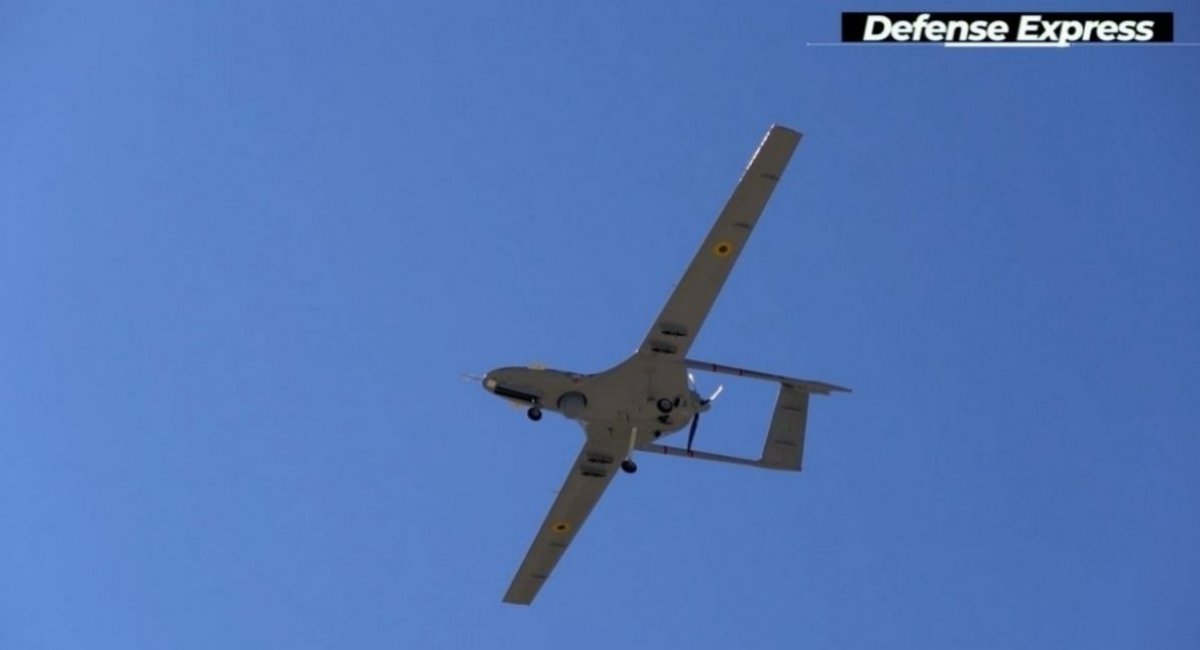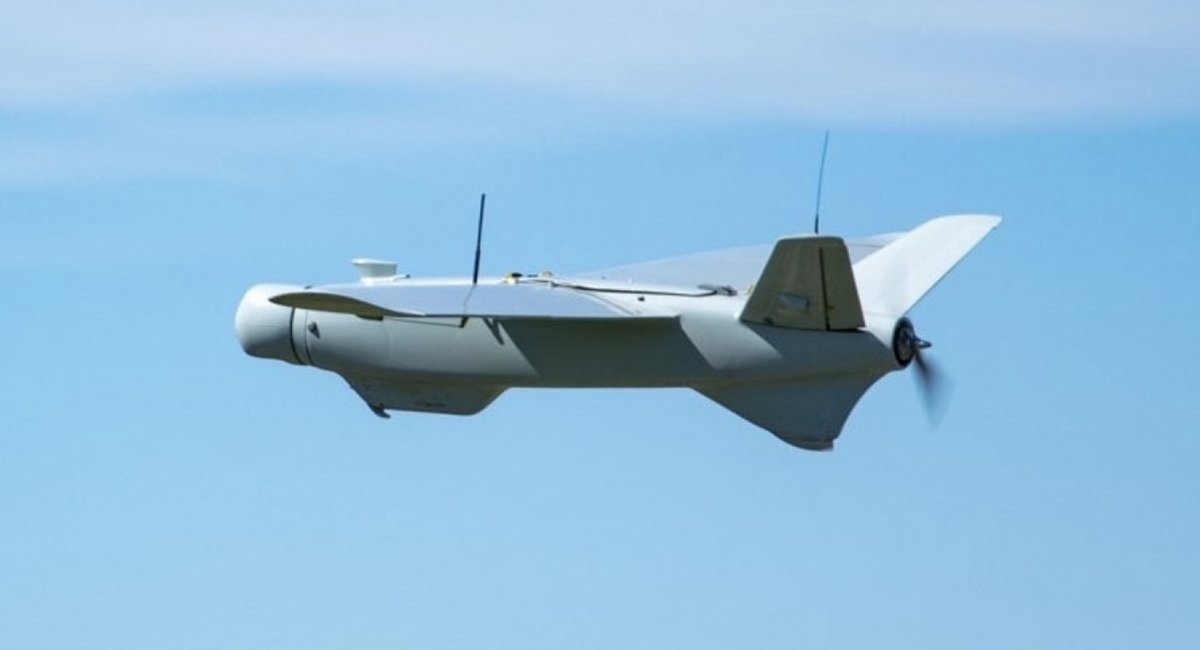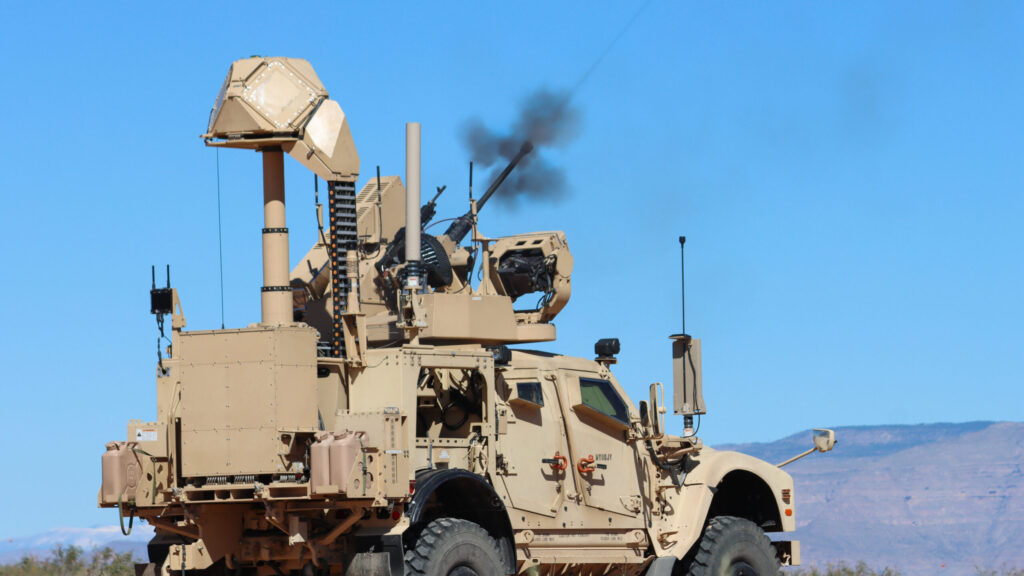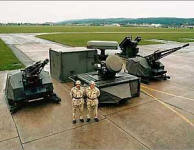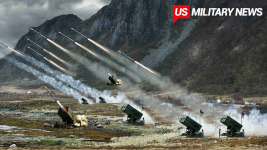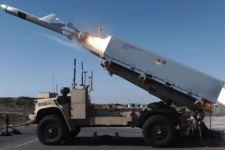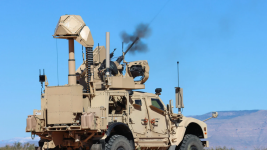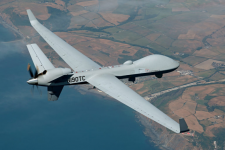In spring 2015, Ukrainian soldiers began attending the Yavoriv Training Center. Since the initial National Guard deployments in 2015, there have been five additional rotations in support of converting Ukraine from a Soviet mindset to Western standards.
These efforts resulted in the training of more than 10,000 officers every year since 2015. The Ukrainians created a non-commissioned officer corps and began the empowerment of lower levels of the force, especially special operations, to take the fight to the enemy without the heavy burden of bureaucracy.
Today, the Ukrainians are engaging in somewhat of an insurgent fight much like the Mujahideen did against the Russians in Afghanistan. Meanwhile, Russian doctrine has not changed.
So, what can we learn from this turnaround story? The current conflict highlights not only the need for cutting-edge technology that is easy to use, but more importantly in my view, a fighting force confident in their leadership and trained to fight for its country and that is educated enough to assimilate technology quickly and smart enough to employ to maximum effect. Why are the SEALs so good? Why are Top Gun pilots the best? Education, training and a common cause are the keys to winning.
 www.nationaldefensemagazine.org
www.nationaldefensemagazine.org


